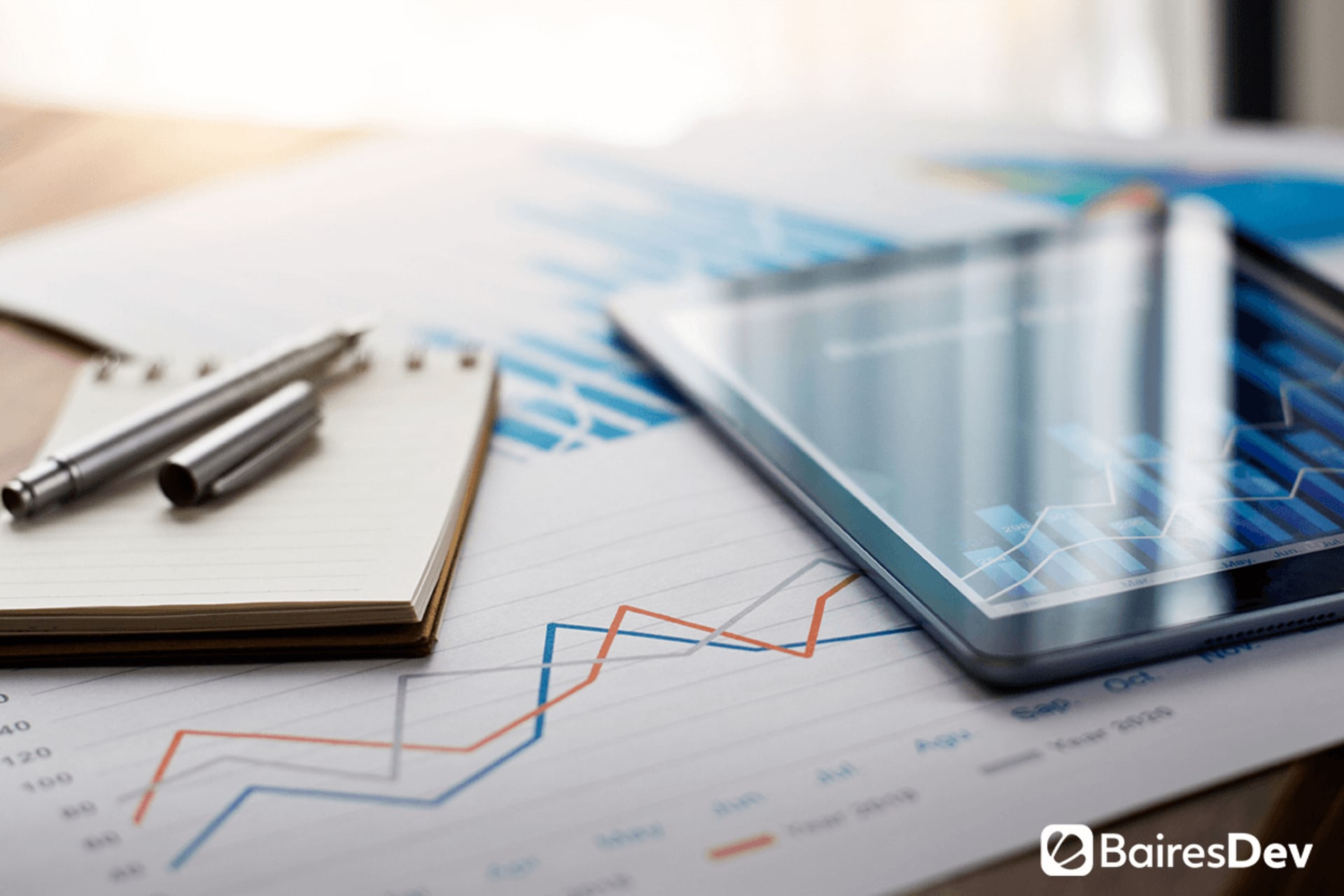Big data is certainly not a new concept—what’s new is the way we are beginning to approach it as a society. To put it lightly, Big Data is no longer some form of technology reserved only for the world’s largest and most resourceful companies. Today, being able to collect, analyze, and act upon high-quality data is a possibility (and a must) for every business out there.
Unlike the way the world was accustomed to using data decades ago (manually examining spreadsheets full of numbers), Big Data Analytics uses powerful and modern tech to take speed and efficiency of analyses to a whole new level. This allows any company from any industry to extract valuable insights from massive datasets and turn them into data-driven decisions.
First, the “Why”
I believe most (if not all) business leaders should be aware of the concept of big data analytics. We’ve heard it thousands of times: we’re living in the age of data, every company is a technology company, etc. And although all of these are true, I’ve witnessed countless people say they “get” something in tech just for the looks. So let’s start by answering exactly why Big Data Analytics is so important.
First of all, Big Data Analytics is a tool. It helps organizations harness data and use it to reveal new business opportunities. As a result, your company will be able to make smarter business decisions, optimize its operations, increase profits, and find new ways to connect with your customers.
Now, what’s key here is the “Analytics” part of everything. Big Data is exactly what it says it is: a huge, massive, colossal string line of ones and zeros. Analytics, on the other hand, is the really powerful software running the show. Analytics run predictive and prescriptive models on scalable datasets that contain either structured or unstructured data. Think of social media interaction, website traffic, or any kind of online behavior. This way, Big Data turns into actionable insights.
We can say Big Data Analytics provide value for businesses of all sizes in three ways:
- Cost-efficiency: Data is not scarce, but storing somewhere accessible comes with a cost. Coupled with cloud computing technologies, Big Data is great at providing cost-efficient collection, storage, and analysis of massive amounts of data. The days when it was necessary to have a massive server room taking half of your office’s real estate are long gone.
- Decision making: Faster, better, smarter. That’s basically all that has to be said about it. In-memory analytics is the source of power for today’s sophisticated computers and algorithms, which allow them to analyze new sources immediately. Making decisions becomes a lot easier when you have real-time information within reach of hand.
- Innovation: Implementing Big Data Analytics might as well be a synonym for new or improved products and services. By analyzing your customer’s needs and satisfaction points, your company gets all the power it needs to give them what they really want. The best type of innovation is the one that actually points to the bullseye.
What Big Data Analytics Looks Like Today
Everything I could say about Big Data may sound amazing, but the real deal is what’s happening out there in the front lines. Today, a company that uses Big Data Analytics is a business that makes smart and agile decisions to get an edge over its competitors. These are the most common ways in which Big Data Analytics can help your business:
Classification
Classification is a process that deals mostly with text. As its name suggests, it organizes data into predefined classes that are based on specific attributes. It may sound simple, but Classification is actually one of the most important time-savers we use today. Common implementations include Naive Bayes and NTLK.
Once you get Machine Learning and training data in the mix, the Classification algorithm can automatically identify, learn, and place elements in the “right spot” based on those specific attributes we mentioned earlier. Spam filters, for example, are one of the most basic and popular forms of classification.
Clustering
Clustering (also known as Segmentation) also finds similarities between datasets but instead uses it to divide large data sets into smaller groups. And then into another smaller group. And then into another – you get it.
As you can imagine, Clustering serves great for marketing purposes. Businesses often use clustering in social media platforms to target extremely specific users. Think about a fumigation company that creates a targeted ad campaign for a neighborhood that recently suffered from cricket overpopulation. That’s just a random example, of course.
Visualization
Sometimes it’s not fair to let computers and algorithms do all the heavy lifting and we want to put our own organic powerful computer to work as well. Visualization is the perfect way to find the right tree in the woods. You don’t even need to be a developer or Data Scientist to understand them: these are detailed and easy-to-read graphs with rich and accurate information.
Personally, I find that Visualization is one of the most important tools you can use with Big Data Analytics. It’s important to remember that data is only as powerful as the decisions we choose to make with it. And taking a look at the panorama is certainly something you want to do.
Predictive analytics
Predictive analytics has become so popular that it has practically become a buzzword. In short, PA is the branch of data mining that helps predict (obviously) probabilities and trends. It gathers data from several sources, including historical ones, to try and see the future.
When used properly, Predictive Analytics can connect seemingly distant points of information and actually tell what your customers want or what is very likely to happen next. Amazon and Netflix use PA all the time to find out what you might want to buy or see next.
The end card
This was just but an overview of how Big Data Analytics can play an important role in your organization. Getting deeper into every aspect of this branch will certainly take an article as massive as all the data you could be collecting right now.
No matter the way you get into the game of BDA (whether you create your own analytics team or outsource consulting services to experts), the important thing is that you do it. The next generation of analytics is happening now and is happening fast. There’s no reason not to make the most of it.







